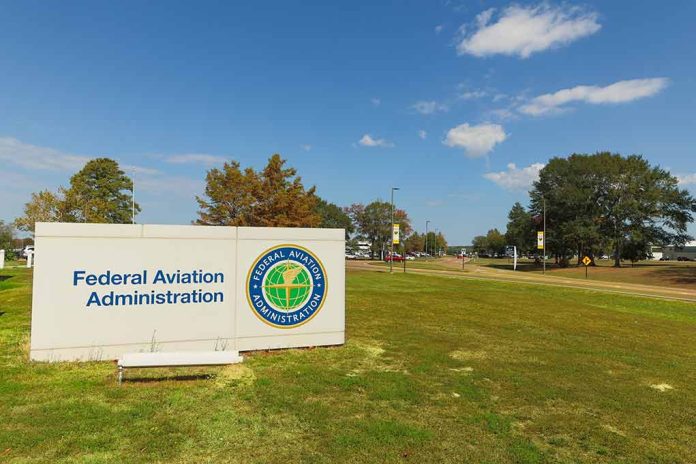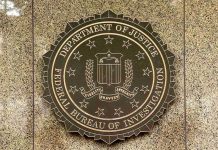
The congressional probe into a fatal collision between an American Airlines jet and an Army helicopter raises questions about aviation safety and preventability.
Key Takeaways
- A congressional hearing highlighted a preventable midair collision that resulted in 67 deaths in January.
- Acting Federal Aviation Administrator Chris Rocheleau acknowledged that “something was missed” regarding the crash and stressed the importance of preventing future incidents.
- The National Transportation Safety Board (NTSB) highlighted that data showed numerous “close proximity events” near Reagan National from 2021 through 2024.
- The investigation has revealed that the helicopter’s use of night-vision goggles limited peripheral vision, while a lack of communication and location tracking also complicated the incident.
- The FAA now mandates ADS-B Out technology for aircraft around Reagan National.
Fatal Collision Sparks Investigation
In January, an American Airlines jet collided midair with an Army Black Hawk helicopter, resulting in the death of 67 individuals. The tragic event unfolded as Flight 5342 attempted to land at Ronald Reagan National Airport while the Army helicopter practiced emergency evacuation routes.
A congressional hearing this week focused on failures ahead of the incident and whether it might have been prevented. FAA Acting Administrator Chris Rocheleau, who entered the position in January, acknowledged during the hearing that “something was missed” and added, “I take that seriously. I take that on myself.”
Oversights and Failures
Data from the National Transportation Safety Board (NTSB) highlighted over 15,000 incidents of close proximity within Reagan National’s airspace from October 2021 to December 2024, along with 85 particularly close calls near the airport. However, the FAA appeared to fail to identify this alarming pattern.
Furthermore, the helicopter was above its designated altitude limit at the time, pointing towards a lapse in monitoring and possibly technical failures. Pilots in the helicopter were using night-vision goggles, a decision that investigators say would have limited their peripheral vision. Potential communication and radio transmission failures before the time of the crash have also been noted, while the Army at the time was also not broadcasting its location on many missions due to their sensitivity.
Conclusions and Recommendations
As the investigation delves deeper, solutions are emerging to prevent such tragedies. The FAA and NTSB’s collaboration aims to enhance airspace safety, using AI and machine learning for data analysis. The FAA now demands all aircraft near Reagan National Airport use ADS-B Out technology to ensure better tracking. Meanwhile, air traffic near Reagan National is becoming strictly regulated as authorities implement helicopter route prohibitions. The need for heightened vigilance and accountability in aviation safety has never been clearer.
“We have to do better,” Rocheleau stated. “We have to identify trends, we have to get smarter about how we use data, and when we put corrective actions in place, we must execute them.”
As federal agencies work to implement stricter measures, early actions include permanently banning certain helicopter routes when specific runways are active. The crash underscores the urgency for robust oversight within aviation management, demanding a synergy between tradition and modern technology to safeguard lives.
Sources
- What we know about the deadly air crash between a passenger jet and a U.S. Army helicopter
- FAA administrator: ‘Clearly, something was missed’ that led to DC plane crash
- FAA acknowledges it must do better after deadly DC air collision













